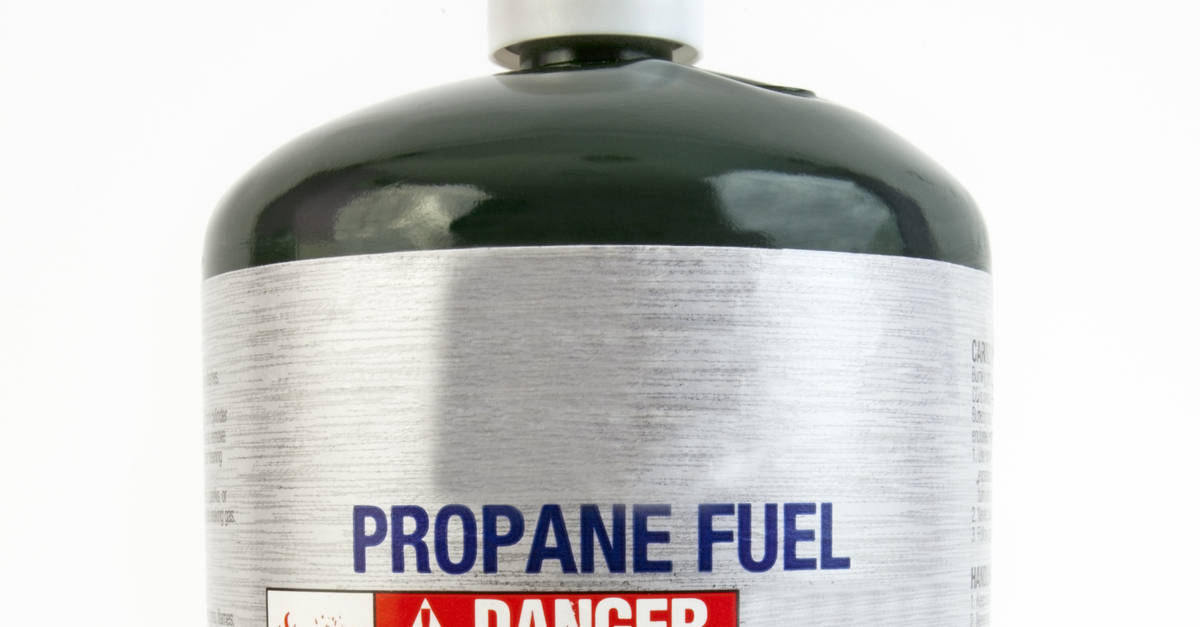There’s hardly anything as annoying as running out of fuel in the middle of a grilling session!
Just the thought of waiting for fuel to complete cooking frustrates me, especially after encountering this problem numerous times early on. After all, no one wants an abruptly concluded BBQ session!
And that’s when I decided to figure out the cooking time of my propane tank beforehand.
During my research, I came across several techniques, but not all were very handy. I then tried a few to calculate the cooking time, and was impressed with how close my prediction turned out to be.
Hello! I’m Stacy Smith, and today, I’ve curated this guide that will answer one of your burning questions - how long does a 1 lb propane tank last on a gas grill?
So, without any further delay, let’s begin!
How Long Does A 1lb Propane Tank Last On A Gas Grill

On average, a 1 lb propane tank should last about 1-1/2 hours. But there’s more to the story. Depending on the burner’s setting and BTU consumption of the grill, the cooking time changes from one user to another. Thankfully, there are a number of ways through which you can calculate the approximate cooking time.
In the following sections, I will walk you through some of the most commonly used methods that will help you stay equipped with adequate gas for your grilling sessions.
1. BTU Consumption
One of the simplest techniques to calculate the cooking time of a one-pound propane tank is by taking note of the grill’s BTU consumption. For this, all you have to do is look up the manual of your gas grill to find out its BTU consumption per hour (BTUH).
Once you have it, divide the BTU rating of your propane tank by the BTUH. On that note, the BTU count of a 1-pound propane tank is considered as 21,600. The resultant number will give you the number of hours that the tank will last.
Furthermore, if you’re using only one burner instead of two, you can estimate that the cooking time will double.
Although this method is relatively easy, there’s one significant problem - it doesn’t take into account the different burner settings. Since it’s unlikely that you will only use the highest setting every time, this calculation will not be of much help always.
2. Hot Water Test
If you hate complex calculations just as much as I do, then this next method will surely appeal to you. By conducting the hot water test, you can get a rough idea of the amount of propane left in your tank.
First, fill a container with hot water, and pour it down the tank’s side completely. Then run your hands along the side to detect the ‘cool spot’. The top of this spot is the level to which your tank is full.
What happens here is that the hot water cools down when it comes in contact with the liquid propane inside. Thus, the portion of the tank that’s empty will remain warm, while the metal near the fill level will become cold.
This technique will give you a decent estimate of the propane level, and you can decide whether or not it's sufficient for your cooking needs.
3. Gauges
To simplify your work of measuring the propane level, various propane tank gauges are available in the market. Some of the most popular ones are:
A. Inline Pressure Gauges
Inline pressure gauges are installed between the grill’s gas line and the cut-off valve on the tank. They work on the generated pressure to read the propane level, letting you know if the tank is full, low or empty.
B. Analog Propane Scales
Much like luggage scales, analog propane scales weigh the tank to read the remaining propane level. Just attach the hook through the tank’s handle, pick it up, and complete the reading. While at it, ensure that the tank remains balanced in air, so that you get a near-accurate measurement.
Since both of these scales readout only the fuel level, you will have to rely on your experience to estimate the cooking time.
C. Digital Propane Tank Scales
Digital propane tank scales are attached to the tank to get constant readings about the gas fill percentage and related cooking time. In my opinion, these are pretty accurate and trouble-free, especially if you have little to no experience with grilling.
4. Weight Measurement
In case you don’t want the added expense of buying a gauge, you can still figure out the remaining propane level using a weighing scale.
First, check the tare weight (weight of the tank when it’s empty), which is generally mentioned on the handle. Next, weigh the tank on the scale. Lastly, subtract the tare weight from this value.
The resultant number will provide you with an approximate weight of the propane level. Here again, you’ll need considerable grilling experience to predict the cooking time.
Final Words
So, what do you think is the best way to calculate your tank’s cooking time?
I will say there isn’t one perfect way of doing it. This is because not many techniques take into account the varied settings of the burner. Also, you may not use all the burners at the same time. All of these scenarios can drastically change the calculated cooking time.
Nevertheless, if you’re a first-timer, I’d suggest getting a digital tank scale to assist you. And if you want to determine the remaining fuel in your tank, then any of my recommended methods should make your job easy.
However, you will still need some experience with the different burner settings to predict a near-accurate cooking time.
On that note, it’s time for me to wrap up today’s guide. I hope my efforts have been fruitful in easing some of your gas grill troubles.
Till next time, happy cooking!
